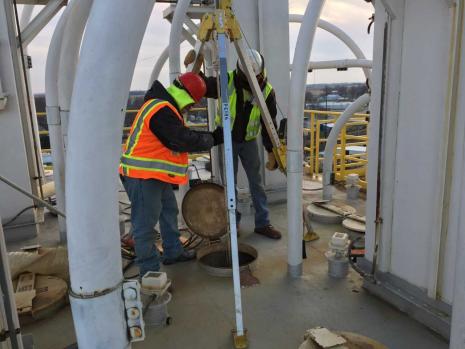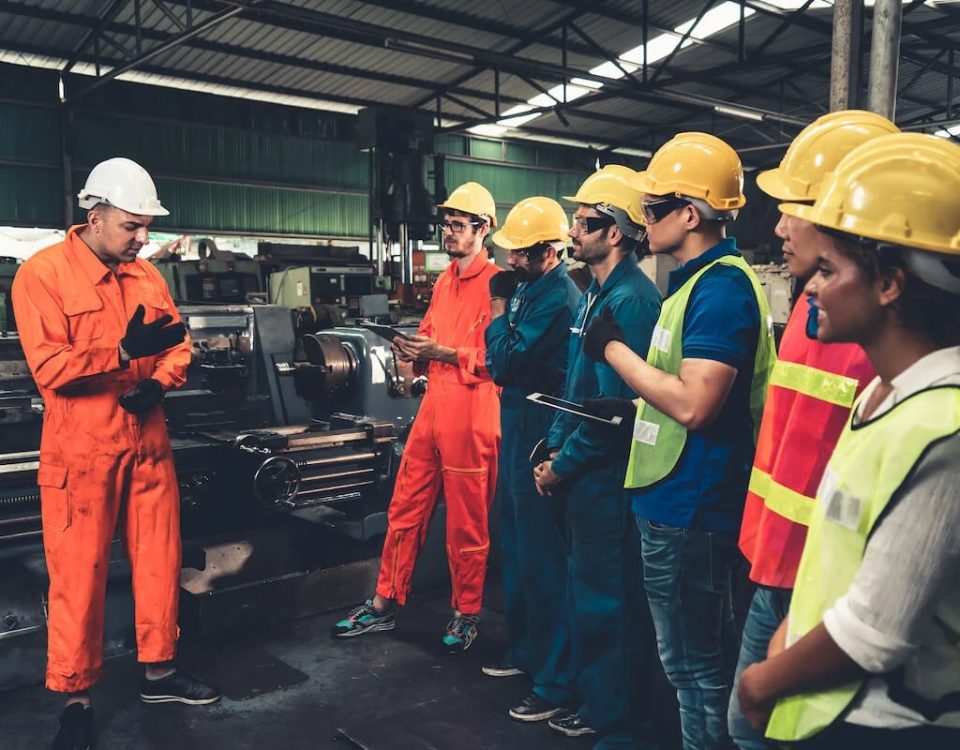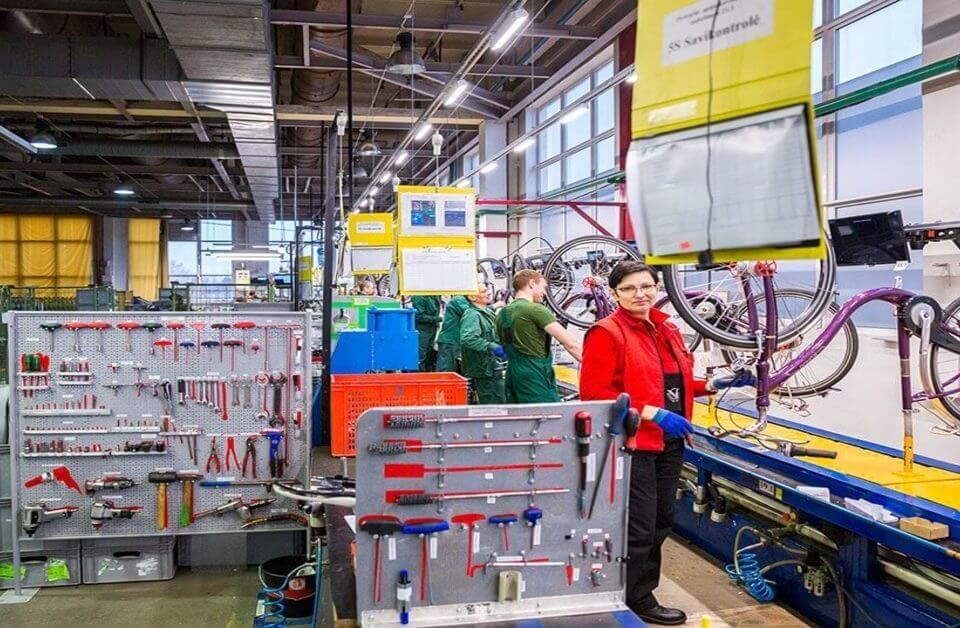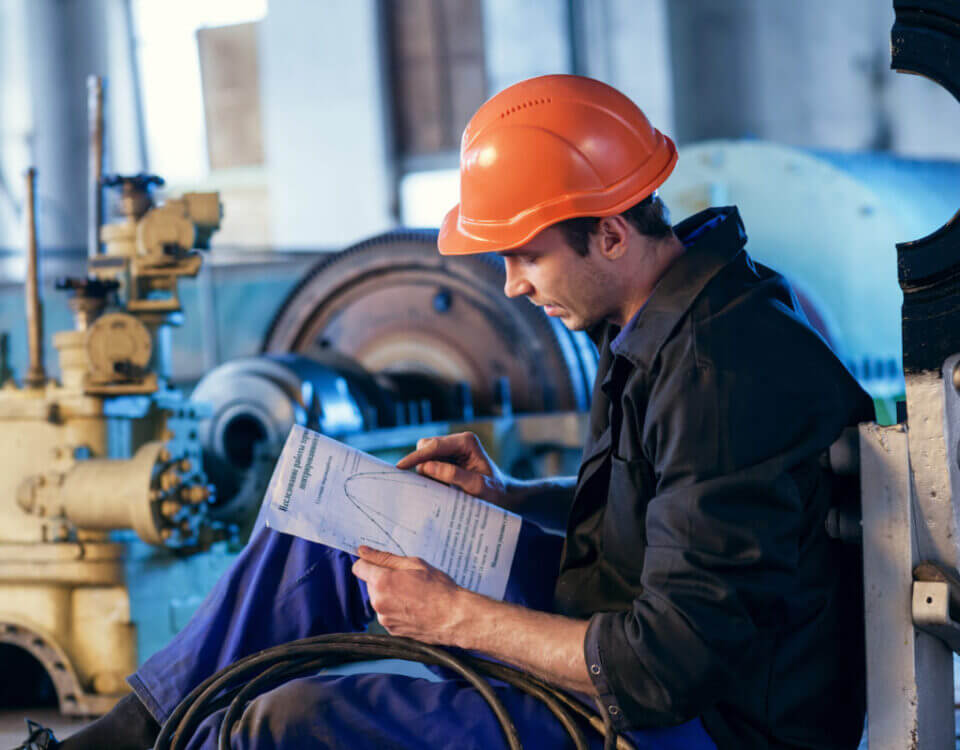
Enhancing Safety in Elevated Workspaces: Effective Fall Protection Methods
July 18, 2022
Boosting Industrial Workplace Safety: An In-Depth Approach
July 18, 2022
Enhancing Safety in Elevated Workspaces: Effective Fall Protection Methods
July 18, 2022
Boosting Industrial Workplace Safety: An In-Depth Approach
July 18, 2022In the demanding realm of industrial safety, effectively navigating the risks in confined spaces is critical. These areas, ranging from tanks and silos to tunnels and sewers, pose unique hazards due to restricted access, limited ventilation, and potential for hazardous atmospheres. This expert guide outlines key strategies for ensuring confined space safety, focusing on thorough risk assessments, stringent safety protocols, proper use of personal protective equipment (PPE), and leveraging the expertise of health and safety consultants.
Identifying Confined Spaces and Associated Hazards
The first step in safeguarding workers is to accurately identify confined spaces and understand their inherent dangers. A confined space is not solely defined by its size but by its limited entry and exit points and the potential for hazardous conditions, such as low oxygen levels or toxic gases. Recognizing these spaces and assessing the specific risks they present is crucial for effective safety management.

Strategic Risk Assessment and Safety Planning
Risk assessment forms the foundation of confined space safety. Engaging qualified health and safety consultants to conduct detailed evaluations and identify potential hazards is essential. Regularly reviewing and updating these assessments, especially before introducing new tasks or altering existing ones, ensures that all foreseeable risks are managed proactively.
Implementing Robust Safety Procedures
Adhering to comprehensive safety procedures is vital for any confined space work. This involves documenting roles and responsibilities, issuing entry permits, providing adequate training, and establishing emergency response plans. A systematic approach to managing entry and operations within confined spaces can significantly mitigate the risks to workers.
Utilizing Appropriate Personal Protective Equipment (PPE)
Equipping workers with suitable PPE is a critical component of confined space safety. Essential gear includes respiratory protection, harnesses, and eye protection, each designed to address the specific hazards present in these environments. Ensuring that workers are properly equipped and trained in using this equipment is paramount to their safety.
By prioritizing detailed risk assessments, implementing rigorous safety procedures, utilizing appropriate PPE, and consulting with health and safety experts, the dangers associated with confined spaces can be effectively controlled. Safety in confined spaces goes beyond regulatory compliance; it’s about ensuring every worker returns home safely each day. For tailored support in industrial safety products and expert advice in signage and workplace safety, trust EZSecur. Learn more at www.ezsecur.com.





